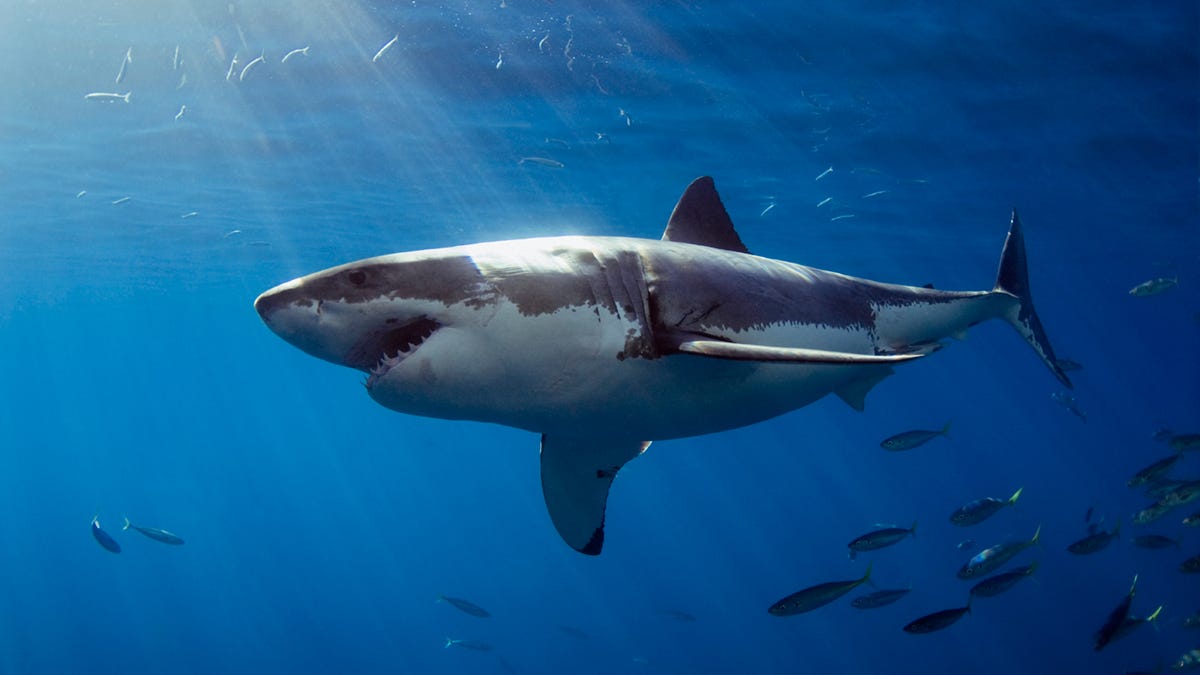Did human limbs evolve from shark gills?
There's a weird genetic link between human limbs and the gills of cartilaginous sea beasts. How are the two related?
In 1878, German anatomist Karl Gegenbaur proposed an evolutionary link between the gills of cartilaginous fish (such as skates and sharks) and vertebrate limbs. Since then, the idea has been largely discarded due to lack of supporting evidence in the form of fossils, but recent studies in genetics have indicated that there may be a link after all.
The most recent study, conducted by researchers at Cambridge University in the UK, concerns the Sonic hedgehog gene, which dictates which finger will go where, and in later stages maintains the growth of the limb skeleton so that it grows to full size.
Here's how it relates to gills. In cartilaginous fish, the gills are protected by flaps of skin supported by arches of cartilage. These arches have finger-like appendages called branchial rays. The functions of the Sonic hedgehog gene are the same in the development of these branchial rays in embryonic skates (a type of ray).
This could provide insight into the development of jawed vertebrates, one characteristic of which is paired limbs, the researchers wrote in a paper published this week in the journal Development.
Shark and skate heads with the branchial rays shown in red.
"Gegenbaur looked at the way that these branchial rays connect to the gill arches and noticed that it looks very similar to the way that the fin and limb skeleton articulates with the shoulder. The branchial rays extend like a series of fingers down the side of a shark gill arch," said Andrew Gillis, who led the research, in a statement.
A late stage skate embryo dyed to show its internal structure more clearly.
"The fact that the Sonic hedgehog gene performs the same two functions in the development of gill arches and branchial rays in skate embryos as it does in the development of limbs in mammal embryos may help explain how Gegenbaur arrived at his controversial theory on the origin of fins and limbs."
To determine if the gene functions the same way in both human limbs and skate brachial rays, the team inhibited Sonic hedgehog at various stages of skate's development. They found that when inhibited early in development, branchial rays grew on the wrong side of the cartilage arch. When inhibited later in development, the branchial rays grew on the correct side, but were fewer in number.
"Taken to the extreme, these experiments could be interpreted as evidence that limbs share a genetic programme with gill arches because fins and limbs evolved by transformation of a gill arch in an ancestral vertebrate, as proposed by Gegenbaur," Gillis said.
"However, it could also be that these structures evolved separately, but re-used the same pre-existing genetic programme. Without fossil evidence this remains a bit of a mystery -- there is a gap in the fossil record between species with no fins and then suddenly species with paired fins -- so we can't really be sure yet how paired appendages evolved."
Gillis published a paper in 2009 that also genetically linked gills to limbs. And he plans to conduct further research. The next step will be to test more genes involved in limb development in the same way they tested Sonic hedgehog.


